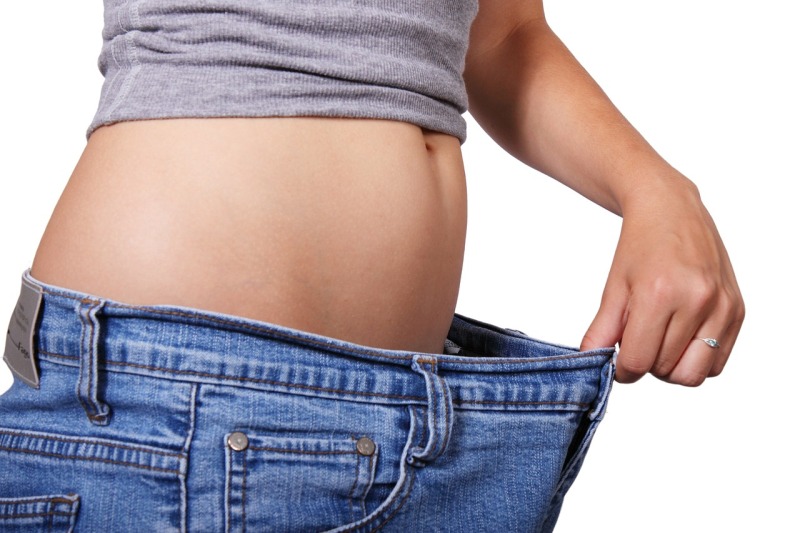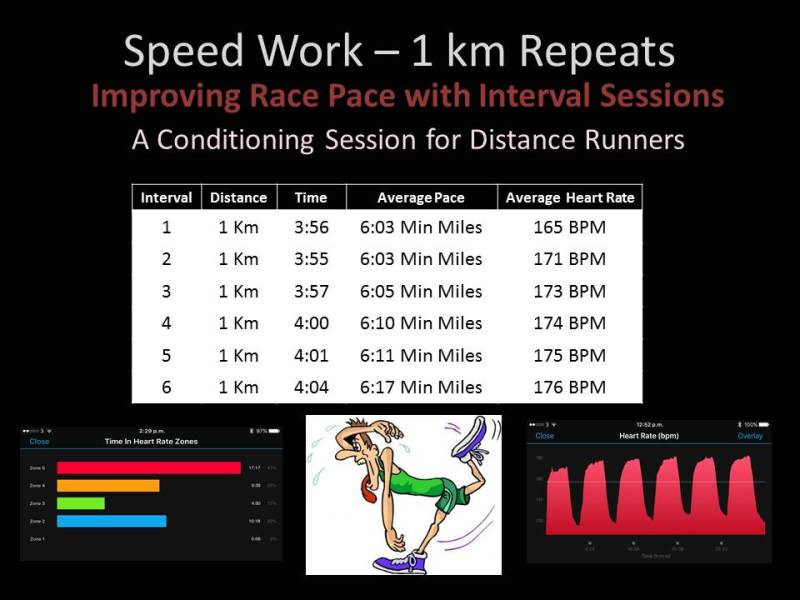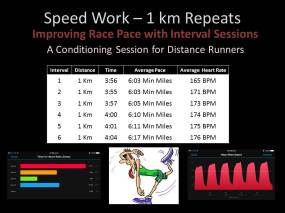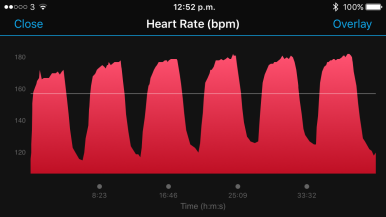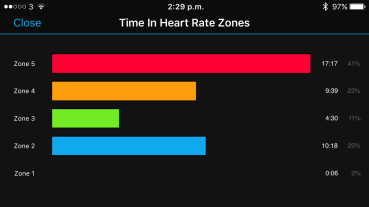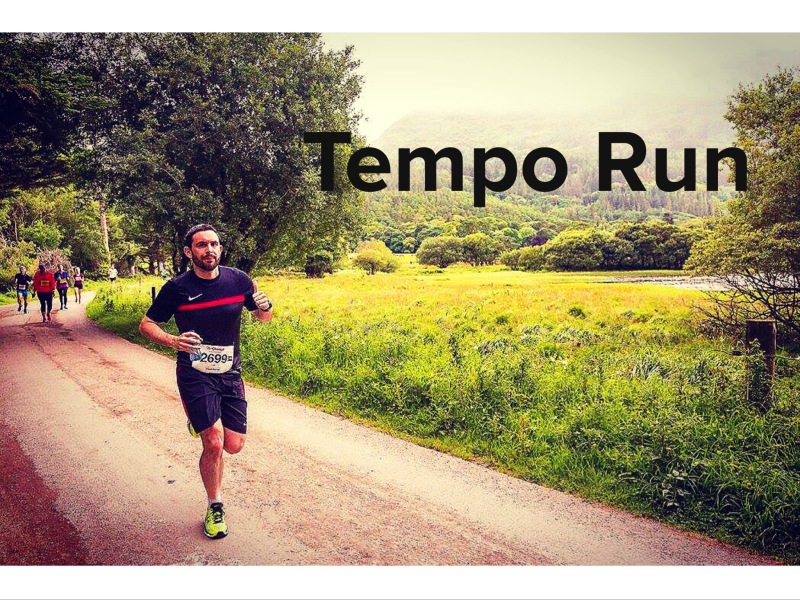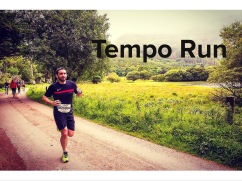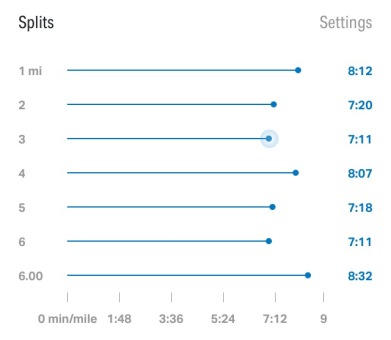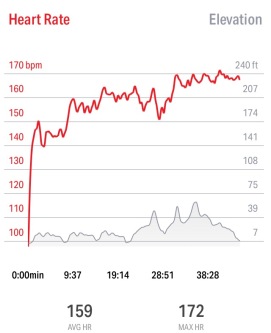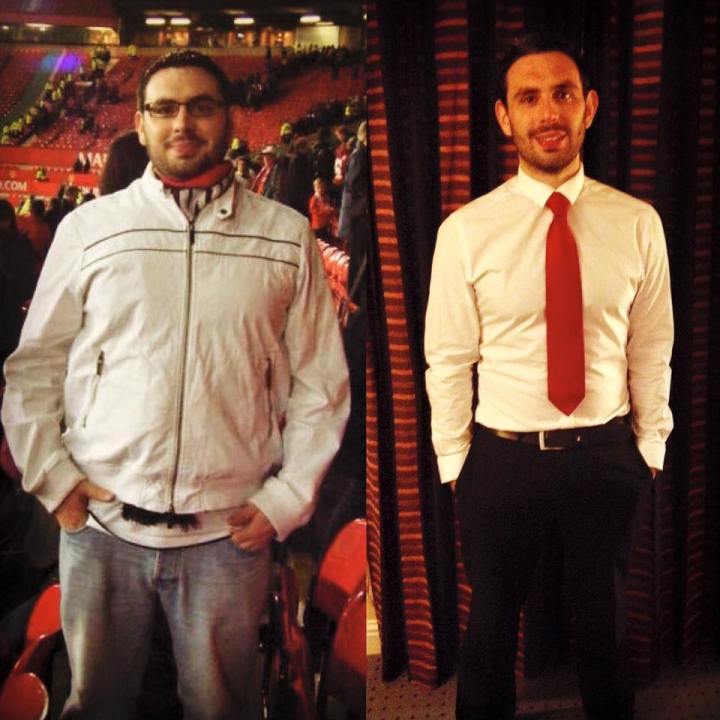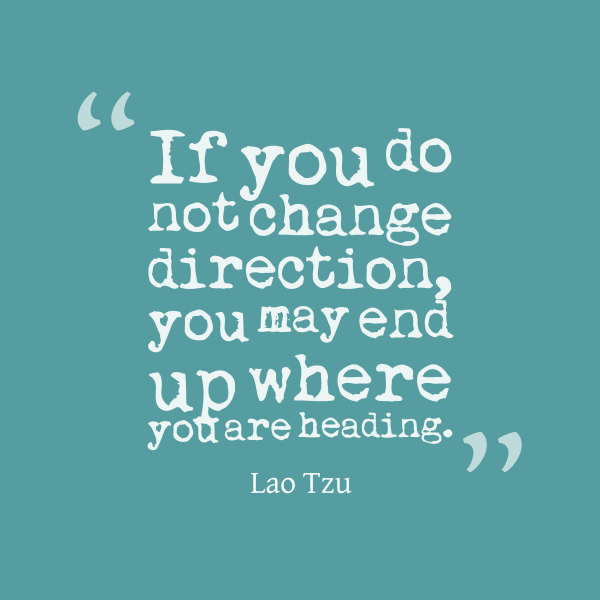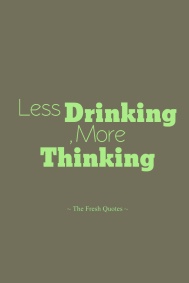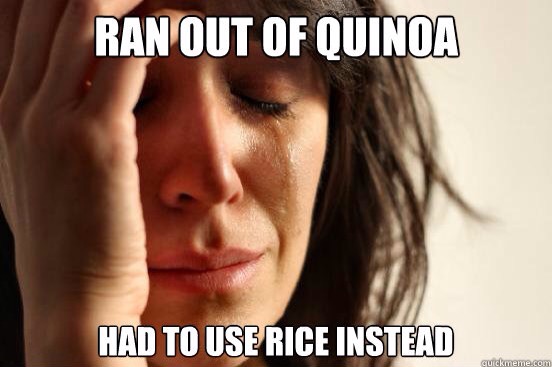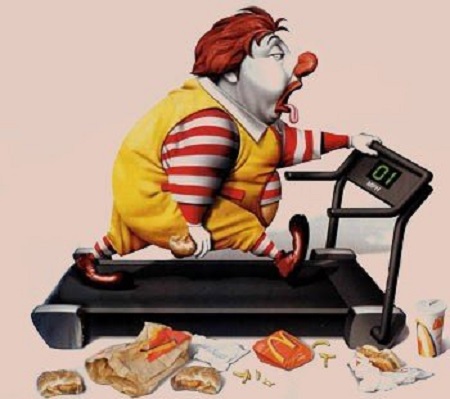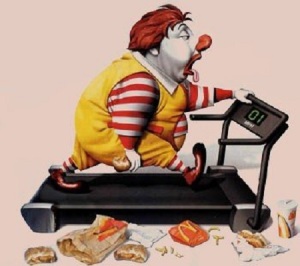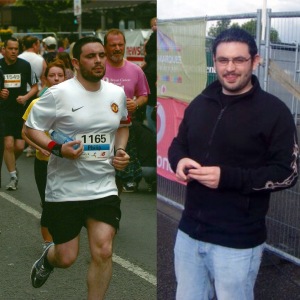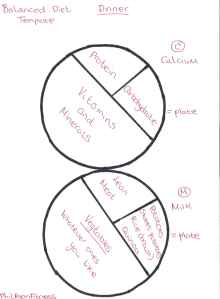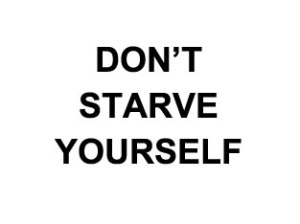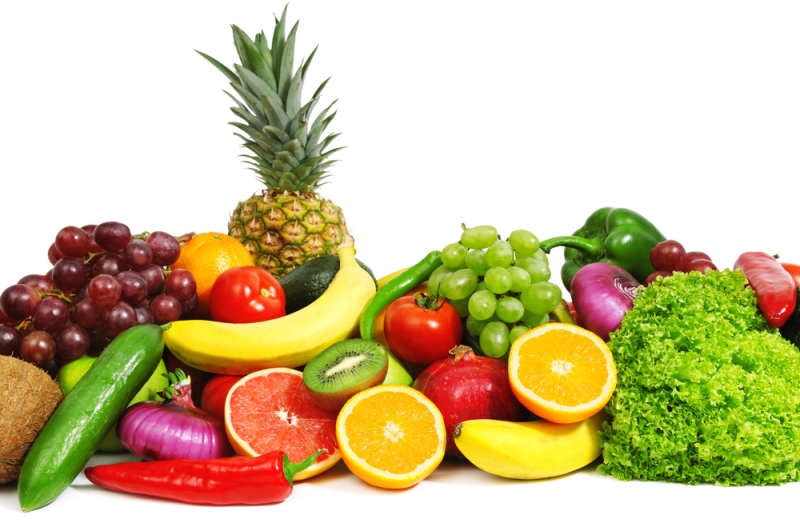Author: Philip Ryan.
Date Posted: 17th April 2018.
Exercise has been identified as an important component for helping people to manage obesity (Bouchard et al. 2007; Ismail et al. 2011) and an effective way to reduce abdominal fat in obese and overweight people (Kay and Fiatarone Singh 2006). We know the amount of exercise we do has a direct relationship with how much weight we will lose (Bouchard et al. (2007) and that exercise increases our ability to burn fat due to increased mitochondrial density (Deyhle et al. 2014).
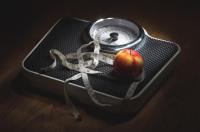
It is important to note that fat loss can occur irrespective of weight loss (Bouchard et al. 2007, p.187; Ismail et al. 2011). So we can lose fat without losing body weight. This highlights the difference between Fat Mass and Body Mass with fat mass being the amount of body fat you have and body mass being your total body weight. So we can see why the weighing scales are not the most accurate way of tracking fat loss.
While the debate often surfaces as to which form of exercise is best of fat loss, Resistance training is believed by many to be more effective at burning fat than aerobic exercise, with “cardio” often getting a bad name. When in fact it has been suggested the most effective way to burn fat through exercise is actually unclear (Ismail et al. 2011) with most researchers placing an importance on the changes in body composition which occur as a result of exercise, being the most important thing to consider for our health (Kay and Fiatarone Singh 2006).

The American College of Sports Medicine defines aerobic exercise as any type of activity that causes the heart and lungs to work harder than at rest and defines resistance training as physical activity which improves muscular fitness by exercising that muscle against an external resistance (Esco 2013). Some researchers claim aerobic exercise is critical for all exercise programmes aimed at reducing visceral fat (deep fat, which surrounds our internal organs) and that it is best for reducing both fat mass and body mass (Willis et al. 2012). There appears to be strong evidence to show the effectiveness of aerobic exercise on reducing fat. In studies where, Aerobic exercise was directly compared to resistance training, the results appear to favour aerobic exercise for reducing visceral fat (Ismail et al. 2011)and it is aerobic exercise along with a calorie controlled diet which has the most positive effect on fat loss.
The inference from the research is that while resistance training will be effective in increasing lean body mass, it is actually aerobic exercise that decreases fat mass. Researchers argue that the evidence in support of aerobic exercise as being most effective for fat loss is compelling but that a resistance training programme is needed if increasing muscle mass or strength is the goal. However, when balancing time commitments against the health benefits, aerobic exercise alone seems to be best for reducing fat and body weight.In addition, Kay and Fiatarone Singh (2006) claim that when assessing people with the same BMI measurement, those who have a better level of cardiovascular fitness have less abdominal fat than people with low levels of cardiovascular fitness. This indicates that from people who weigh the same, those who have an increased level of aerobic activity, actually have less body fat than those who don’t.
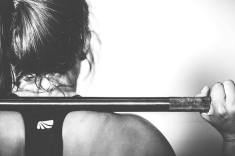
As previously mentioned, resistance training is needed for increasing lean muscle and strength but resistance training alone does not appear to reduce fat mass or body mass more effectively than aerobic exercise (Willis et al. 2012) . However, there are conflicting reports in the literature, but ultimately researchers believe that changes in body fat percentage which occur as a result of resistance training are due to increased lean muscle mass and not fat loss. With this in mind it might be time to reconsider if resistance training alone can reduce fat mass in overweight or sedentary adults. Ismail et al. (2012) refute this suggestion by claiming that resistance training is known to positively affect insulin sensitivity and other processes associated with visceral fat and that it can directly reduce visceral fat. We must also consider that Excess Post-Exercise Oxygen Consumption is noticeably higher after resistance training, meaning more energy is needed to restore the body to pre-exercise levels (Deyhle et al. 2014). Furthermore, Kay and Fiatarone Singh (2006) suggest that while aerobic exercise is very effective, there is good reason to promote resistance training for fat loss. They claim resistance training might be a more suitable form of exercise for reducing body fat in older adults, in particular, who may not be able to tolerate the demands of a high intensity aerobic exercise programme due to issues with cardiovascular disease, arthritis, osteoporosis or mobility. Esco (2013) supports this claim by suggesting resistance training is important for preventing the loss of muscle mass and improving quality of life which is why the American College of Sports Medicine recommend a minimum of two RT sessions a week.
While the body of evidence suggests aerobic exercise is better than resistance for fat loss with resistance training being better for improving lean muscle tissue and strength, we must realise that it is difficult to directly compare these forms of training in comparable amounts due to their different training stimulus (Willis et al. 2012). Aerobic exercise is a continuous form of training while resistance training is intermittent, with different metabolic strains placed on the body and differences in how long the muscle is under tension (Willis et al. 2012). This makes it very difficult to have exact comparable amounts of each method of training (Ismail et al. 2011).Furthermore, the energy expenditure of aerobic exercise and resistance training cannot be estimated in the same way and they impact fat stores differently (Kay and Fiatarone Singh 2006). So we must ask ourselves the question, if we can’t compare them directly then how can we determine which is better? But of course that is the question most often asked. I suggest the most obvious answer would be combining both aerobic and resistance training for the most effective way of reducing abdominal fat. Interestingly, Willis et al. (2012) claim that both aerobic exercise and aerobic and resistance combined programmes are more effective at burning fat than resistance programmes alone, with resistance training and aerobic and resistance combined programmes more effective at increasing lean muscle. However, again they too favour aerobic exercise as the most beneficial. They observed that an aerobic and resistance combined training programme requires double the time commitment but didnt result in greater fat loss or reduced body mass than an aerobic exercise only programme.
Conclusion
The purpose of this post was to determine if resistance training is a better form of exercise for fat loss than aerobic exercise. The weight of the evidence suggests that aerobic exercise is better at reducing body fat than resistance training, with resistance training being more suitable for improving lean muscle mass. However, I think it is important that we release it is actually very difficult to directly compare these two forms of training due to their different training stimulus and energy expenditure. While there is evidence to suggest that combining aerobic exercise and resistance training is an effective way of burning fat some believe that for double the time commitment it does not appear to be significantly better than aerobic exercise only. Although aerobic exercise is considered better than resistance training for fat loss, it is significant to note that resistance training is an important form of training for improving muscle strength and preventing muscle loss. For this reason we should include a minimum of two resistance training sessions a week in all exercise programmes. So I guess to answer the question, “which is better for fat loss aerobic exercise or resistance training“, the answer would appear to be, aerobic exercise but we should include both forms of training in all exercise programmes in order to reduce body fat, improve lean muscle tissue and improve muscle function.
Reference List
Bouchard, C., Blair, S. N. and Haskell, W. L. (2007) Physical Activity and Health, Champaign Illinois: Human Kinetics.
Deyhle, M., Mermier, C. and Kravitz, L. (2014) ‘The Physiology of Fat Loss’, The IDEA Fitness Journal, available: http://www.unm.edu/~lkravitz/Article%20folder/physiologgfatloss.html.
Esco, M. R. (2013) Resistance Training for Health and Fitness, American College of Sports Medicine, available: https://www.acsm.org/docs/brochures/resistance-training.pdf [accessed 30/09/2017].
Ismail, I., Keating, S. E., Baker, M. K. and Johnson, N. A. (2011) ‘A systematic review and meta-analysis of the effect of aerobic vs. resistance exercise training on visceral fat’, Obesity Reviews, 13(1), 68-91, available: doi: 10.1111/j.1467-789X.2011.00931.x.
Kay, S. J. and Fiatarone Singh, M. A. (2006) ‘The influence of physical activity on abdominal fat: a systematic review of the literature’, Obesity Reviews, 7(1), 183-200, available: doi: 10.1111/j.1467-789X.2006.00250.x.
Willis, L. H., Slentz, C. A., Bateman, L. A., Sheilds, A. T., Piner, L. W., Bales, C. W., Houmard, J. A. and Kraus, W. E. (2012) ‘Effects of aerobic and/or resistance training on body mass and fat mass in overweight or obese adults’, Journal of Applied Physiology, 113(12), 1831-1837, available: doi:10.1152/japplphysiol.01370.2011.

